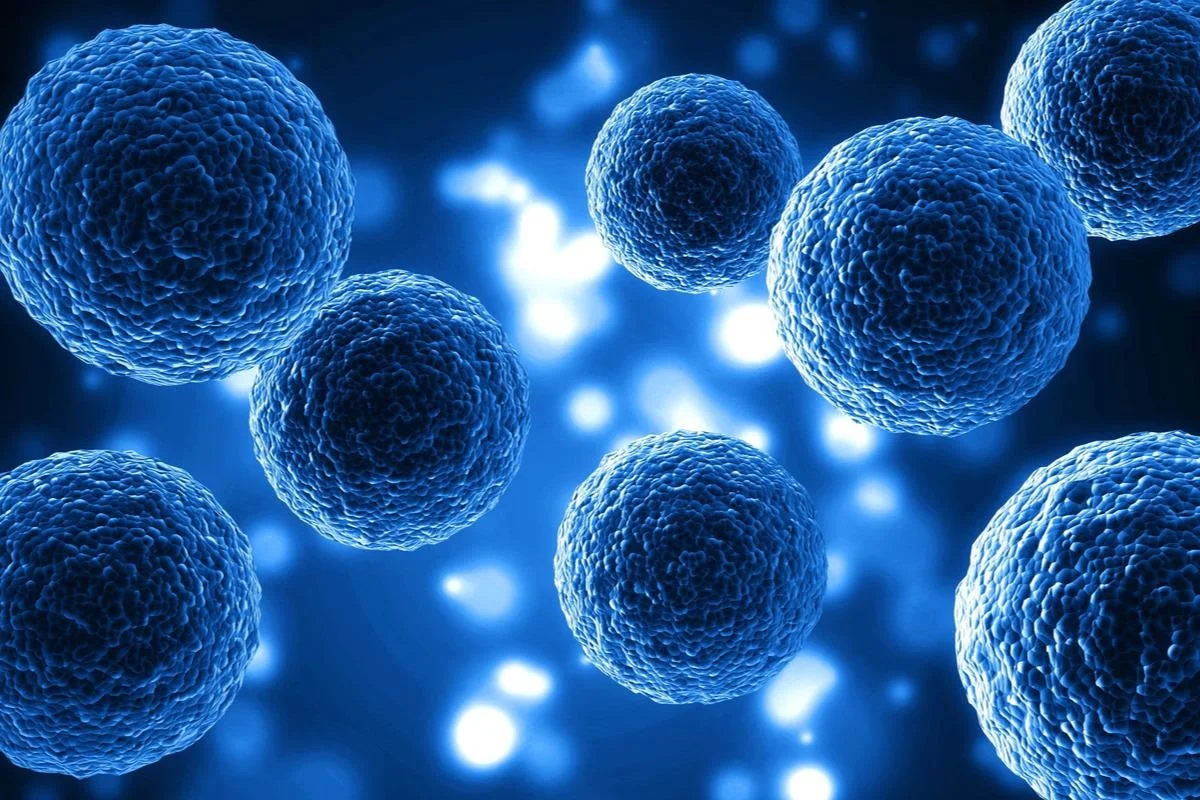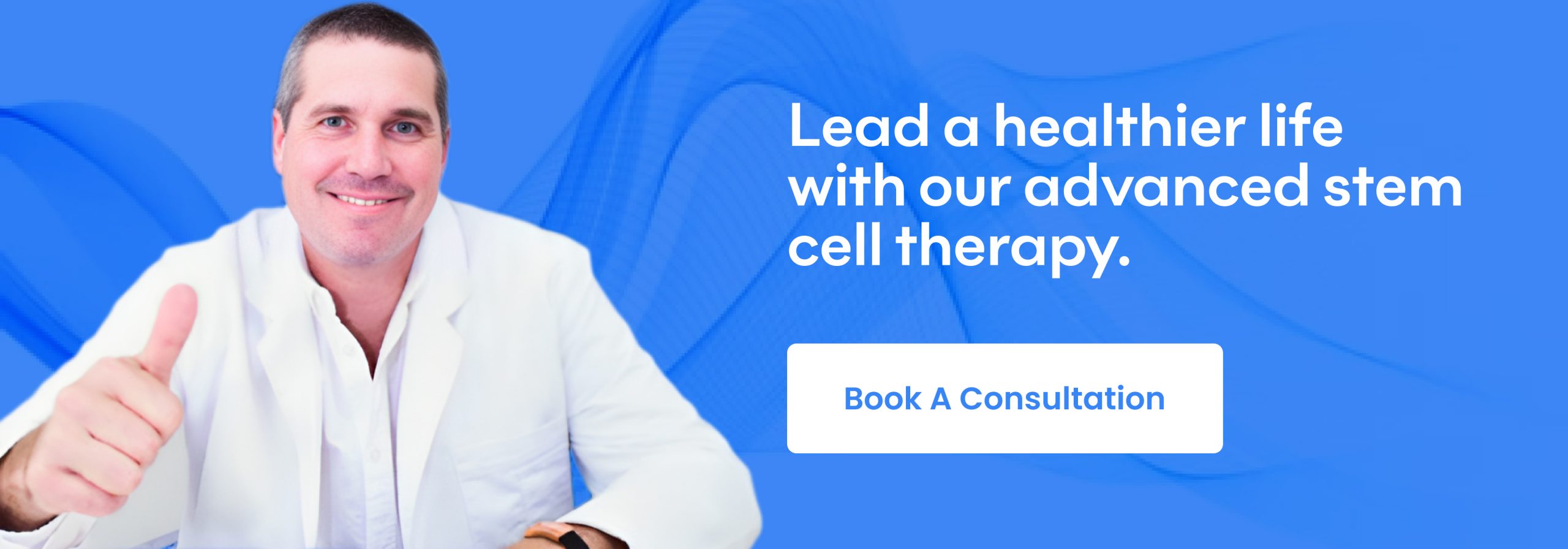Healing Power Of Stem Cell Therapy: A Comprehensive Guide
For decades, patients have kept their hopes alive and waited for a miracle to come out from the suffering of chronic pain and debilitating diseases. Daily, millions of people all over the world are grappling with autoimmune disorders, Alzheimer’s, Autism, Parkinson’s disease, Crohn’s disease, and more such serious conditions.
But not anymore! The introduction of stem cells in the medical field is now considered one of the most promising and breakthrough treatments. But how does stem cell therapy work? In this article, you’ll gain a complete insight into this revolutionary regenerative medicine or cell therapy and how it helps millions of patients return to normalcy.
Table Of Contents
- What is stem cell therapy?
- Sources of Stem Cells
- Potential Uses of Stem Cell Therapy
- How Are Stem Cells Administered?
- How Does The Therapy Work In Patients?
What is stem cell therapy?
Before we discuss stem cell therapy, let us first understand what stem cells are. Stem cells are unique and undifferentiated cells that are naturally present in the body, and are capable of self-renewing and developing into new cells. Their ability to divide and form an indefinite number of distinctive cells of any type, say a red blood cell, skin cell, nerve cell, or muscle cell, makes them ideal for treating various health conditions.
Stem cell therapy is a highly advanced treatment process involving the administration of stem cells into the body to utilize their regenerative properties and promote innate healing in the damaged areas of the human body. Stem cells possess the power to repair or replace damaged cells in the affected organs or body parts and regenerate them into healthy and functional cells. This is why stem cell therapy, also known as regenerative medicine, is used to revitalize tackling health challenges and provide relief to ailing patients.
Sources of Stem Cells
When it comes to stem cell therapy, you might wonder where these cells come from. To answer this, stem cells can be obtained from various sources. They can be collected either from the patient’s own body or from external sources.
- Autologous Stem Cells – Often called adult cells, these cells are found in the patient’s own body like bone marrow or adipose tissue(fat). Compared to other sources, stem cells derived from adult tissues have limited capabilities to regrow and repair.
- Allogenic Stem Cells – These stem cells are collected from a donor, which is either from a person’s embryo, bone marrow, or umbilical cord blood.
-
- Embryonic stem cells – These are pluripotent stem cells collected from 3-5 days old embryos and can divide and differentiate into any type of cell in the body.
- Perinatal stem cells – Umbilical cord blood is the biggest source of stem cells. These cells are obtained from the umbilical cord following healthy births and frozen in cell banks to be used for the treatment of various conditions.
Potential Uses of Stem Cell Therapy
The unique therapeutic properties of stem cells have led to the investigation and research in a myriad of clinical applications. Till now, studies have shown the following areas where stem cells show promising approaches because of their healing properties.
Treatment of Autoimmune Diseases – Human umbilical cord blood tissue-derived mesenchymal stem cells (HUCT-MSCs) are immune-system privileged and are effective in lowering inflammation and modulating the immune system affected by dreadful autoimmune conditions like Rheumatoid Arthritis, Lupus, Multiple Sclerosis, Type 1 diabetes, Crohn’s disease and ulcerative colitis, and more.
Treatment of Chronic Pain – The administration of HUCT-MSCs can provide relief from knee pain, shoulder pain or injuries, back pain and spinal damage, and hip pain, by promoting repair and regeneration of damaged cartilage in the affected tendons, ligaments, joints, and muscles.
Treatment of Neurological Disorders – Stem cells have also shown great potential in treating critical neurological conditions like Alzheimer’s disease, Amyotrophic lateral sclerosis (ALS), Parkinson’s disease, etc. Stem cell treatment promotes neurogenesis, reduces inflammation, and protects neurons from further damage.
Treatment of Skin Health – For those struggling with the problems of aging and skin diseases like Psoriasis, stem cell therapy proves to be a breakthrough treatment. Patients receiving cell therapy for skin from reputed stem cell therapy clinics have shown remarkable improvements in their skin health. Stem cell therapy for anti-aging slows down or reverses the process of aging by rejuvenating new skin cells and helping you gain a youthful life even in the 50s and 60s.
Treatment of infertility – Erectile dysfunction and infertility in women are very common problems in youth considering the lifestyle they choose and the stress they face day-to-day while striking a balance between work and personal life. In such a situation, stem cell treatment can be a savior because they have the power to improve fertility in women and bring improvements in erectile function in men, helping them lead a healthy sexual life.
Treatment of post-treatment recovery – Apart from all the above-mentioned conditions, health advocates and stem cell specialists believe that stem cells are highly effective in helping individuals with speedy recovery post-cancer treatment and post-stroke period. Many reliable stem cell therapy institutes in Mexico have already started offering such treatment and patients have reported positive experiences and improvements in their condition post therapy.
How Are Stem Cells Administered?
The stem cells collected, harvested, and prepared for regenerative medicine therapy can be administered to patients in three or more ways.
- Intravenous Infusion – It is the most popular and common method, where stem cells are administered through veins directly into the bloodstream.
- Intramuscular Injection – In this method, stem cells are injected into the muscles of the patient directly to target the affected areas.
- Intrathecal Administration (Lumbar Puncture) – This process is implemented for treating neurological conditions where the stem cells are injected directly into the spinal cord or lumbar puncture.
- Intra-arterial Administration – In this procedure, stem cells are injected into the artery via a catheter which is directed towards the diseased or damaged part of your body to ensure maximum effectiveness.
How Does The Therapy Work In Patients?
Once stem cells are introduced, they travel throughout the patient’s body to reach the affected areas and seek the damaged organs, tissues, or cells. Upon reaching the target area, they activate and stimulate the self-renewing, immunomodulatory, and innate healing properties. This process of cell regeneration continues until all the damaged cells are replaced by fresh healthy cells and the body starts recovering from the pain, disease, or injury.
Final Words
In a nutshell, stem cell therapy is a path-breaking avenue in the medical field capable of addressing serious and prolonged health conditions like autoimmune, neurological, and blood disorders.
If you or your loved one is grappling with a serious disease and seeking a safe and effective solution, then stem cell therapy is the answer! You can connect with us at Life Altering Stem Cell Therapy Institute, a leading Mexico-based clinic offering top-notch treatment and care for a range of medical conditions. Book a consultation today!

